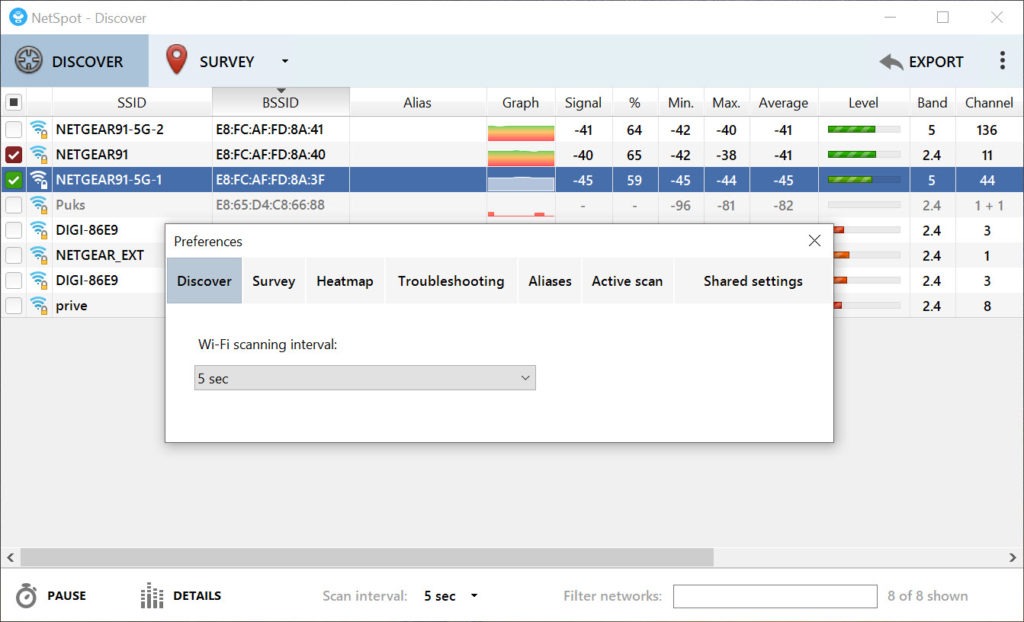
USES OF MEDICATION NETSPOT GENERATOR
Once the generator produces the gallium 68, it has a 68-minute half-life. As the FDA approved NETSPOT, select sites throughout the country were approved to have germanium 68/gallium 68 generators on-site, including Cardinal Health Pharmacy in Las Vegas. Gallium 68 is produced by germanium 68 / gallium 68 generators, which are approximately about the size of a large trashcan. From there, the dotatate can tell us the number of tumors, the size and where they might have metastasized. When the gallium 68 dotatate is injected in the body, it mimics somatostatin and travels to the tumors which are covered in somatostatin receptors. NETs are covered with somatostatin receptors, overproducing them compared to the rest of the body.

Somatostatin is a hormone used for regulating the endocrine system, produced in the pancreas and the brain, among other locales. The cells are most commonly found in the intestines, stomach, lungs and pancreas, though they may be found in other areas of the body.

Tumors that are pinpointed may be cancerous and develop in the hormone-producing cells of the body’s neuroendocrine system. This happens via the positron emission of a gallium 68 dotatate injection, an active agent for positron emission tomography (PET) imaging. NETSPOT is a radioactive probe that helps track down and pinpoint NETs. The Food and Drug Administration approved NETSPOT in June 2016 and it was first utilized at Comprehensive Cancer Centers of Nevada in August 2017. Among the latest in imaging technology that is shaping the way cancer is treated is NETSPOT. Physicians and researchers are always looking for ways to identify harmful tumors early and new technology to treat them. This number is rising with the enhancement of screening and imaging technology. Nearly 22,000 Americans are diagnosed with neuroendocrine tumors each year.

Patients with NET’s live for many years, but require numerous treatments that don’t always respond well to chemotherapy and radiation. NETs develop in the gastrointestinal tract and pancreas and are unique because of their slow growing nature. More than 180,000 patients live with advanced stage neuroendocrine tumors (NETs). Summerlin Medical Center I – Town Center.Shannon Southwick, MSN, APRN, FNP-BC, AOCNP.Yashmine Ballesteros, MSN, APRN, FNP-BC, AOCNP.


 0 kommentar(er)
0 kommentar(er)
